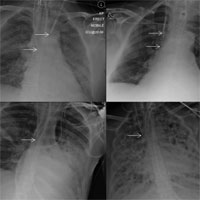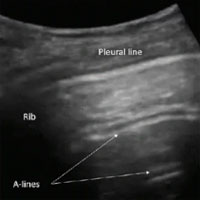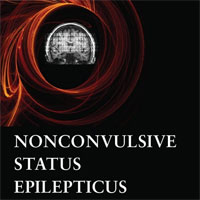Stories Category: Intensive Care

Targeted Temperature Management at 33 vs. 36 Degrees
Comatose, adult out-of-hospital cardiac arrest patients treated during the targeted temperature management 33°C period had higher odds of neurologically intact survival to hospital discharge compared with those treated during... read more

First ICU Certified in Humanization (H-ICU)
250 ICUs around the world that have performed the self-assessment, the baseline compliance referred is between 40 and 60%. For more than a year, the team of the ICU of Valdemoro distributed the pending good practices and... read more

Nonoperative Management of Splenic Injury of Patients with Reduced Consciousness is Safe and Feasible in Well-equipped Institutions
This study shows that NOM for blunt splenic trauma is a viable treatment modality in well-equipped institutions, regardless of the patients mental status. However, the presence of neurologic impairment is associated with... read more

Distance Between the Tips of Central Venous Catheters Does Not Depend on Same or Opposite Site Access
Central venous catheters (CVCs) are routinely required in the intensive care unit (ICU) for infusion of drugs, often concurrently with central venous dialysis catheters (CVDCs) for renal replacement therapy (RRT). Increased... read more

Mechanical Ventilation in Patients with Acute Ischemic Stroke
Although there are no specific data regarding the effect of respiratory management on stroke patients' outcomes, specific ventilator strategies in this population could potentially improve neurologic outcome and prevent respiratory... read more

Ultrasound-based Clinical Profiles for Predicting the Risk of Intradialytic Hypotension in Critically Ill Patients on Intermittent Dialysis
In critically ill patients on intermittent hemodialysis, the absence of hypervolemia as assessed by lung and vena cava ultrasound predisposes to intradialytic hypotension and suggests alternative techniques of hemodialysis... read more

Pain Response to Open Label Placebo in Induced Acute Pain in Healthy Adult Males
Open label placebos might play a role in multimodal analgesic concepts. Pain ratings (median, first to third quartile) were 21% lower during placebo treatment compared to no treatment, 4.0 (3.2 to 4.9) versus 5.1 (4.7... read more

Economic Evaluation of a Patient-Directed Music Intervention for ICU Patients Receiving Mechanical Ventilatory Support
Music intervention has been shown to reduce anxiety and sedative exposure among mechanically ventilated patients. The aim of this study was to examine ICU costs for patients receiving a patient-directed music intervention... read more

An assessment of repeat computed tomography utilization in the emergency department in the setting of blunt trauma
Two CT scans performed during blunt trauma encounters demonstrated mixed benefit and were associated with an increased hospital LOS. Additionally, IV contrast was associated with lower rates of AKI. Of 5787 patient encounters,... read more

TAPSE Has Superior Predictive Value vs. RV/LV Ratio in Normotensive Patients with Acute Pulmonary Embolism
Right ventricular dysfunction (RVD) is an indicator of poor prognosis in normotensive patients with acute pulmonary embolism (APE). The aim of this study was to compare right ventricular (RV)/left ventricular (LV) ratio measured... read more

Nonconvulsive Status Epilepticus
The only comprehensive source of information on this frequently misdiagnosed problem, with information critical for physicians, ER and ICU doctors, and psychiatrists. An under-recognized condition that can potentially... read more

Nonconvulsive Status Epilepticus: Overlooked and Undertreated
Nonconvulsive status epilepticus (NCSE) is characterized by persistent change in mental status from baseline lasting more than 5 minutes, generally with epileptiform activity seen on EEG monitoring and subtle or no motor... read more

Preoperative Risk and the Association between Hypotension and Postoperative AKI
Adult patients undergoing noncardiac surgery demonstrate varying associations with distinct levels of hypotension when stratified by preoperative risk factors. Specific levels of absolute hypotension, but not relative... read more

Impact of Rewarming Rate on the Mortality of Patients with Accidental Hypothermia
In this study, we found that overall, in-hospital mortality rates increase with each 0.5 °C/h decrease in rewarming rate (RR). However, judging from the results of subgroup analyses, the safest RR might differ according... read more








